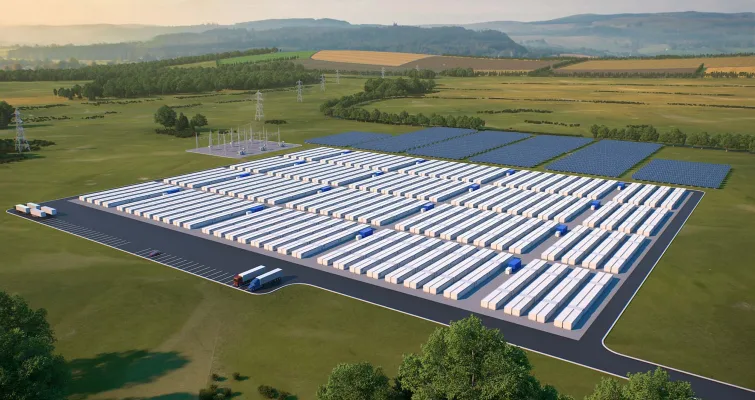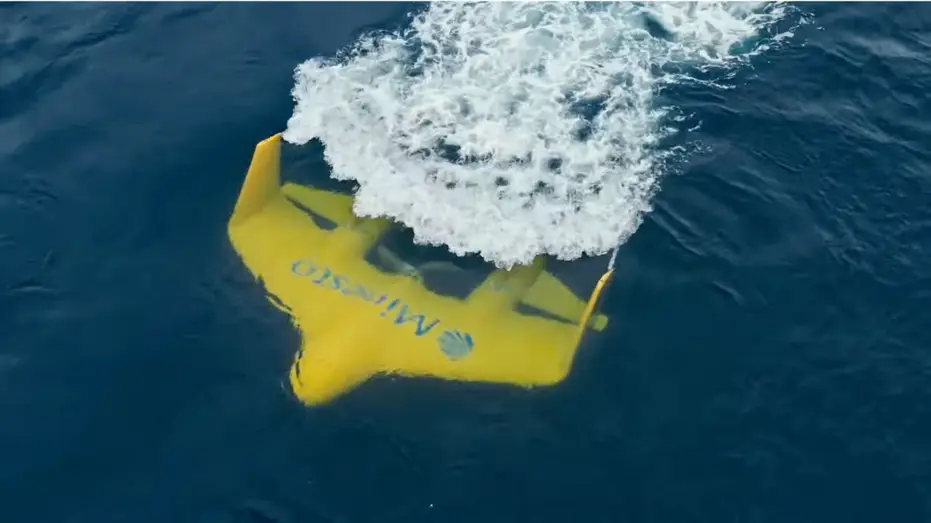In a groundbreaking development, researchers at the University of Cambridge have created a floating solar device capable of generating clean water and hydrogen. This technology, detailed in the journal Nature Water, could prove crucial in resource-limited or off-grid areas, as it operates using any open water source and requires no external electricity.
Remarkably, the device has successfully produced clean water from highly contaminated sources, including seawater and the River Cam in Cambridge.
Inspired by Photosynthesis: A Leap in Solar Technology
Mirroring the process of photosynthesis, where plants convert sunlight into energy, the Cambridge team has innovated beyond previous ‘artificial leaf’ designs. Unlike earlier versions that required pure water to produce green hydrogen fuel, this novel device can process contaminated or salty water into potable water.
Dr. Chanon Pornrungroj of Cambridge’s Yusuf Hamied Department of Chemistry highlighted the device’s unique capability: “Solar-driven water splitting needs pure water to start, as contaminants can harm the catalyst or trigger unwanted chemical reactions.”
Addressing Dual Challenges with Innovative Design
The device confronts two major challenges: producing clean fuel and purifying water, particularly in remote or developing areas where clean water and purification equipment are scarce. The solution lies in a new technique involving a photocatalyst mounted on a nanostructured carbon mesh.
This mesh is an efficient absorber of light and heat, essential for generating water vapor for hydrogen production. The carbon mesh’s water-resistant coating allows the device to float and keeps it away from pollutants that could disrupt its function.

Enhanced Solar Energy Utilization
Expanding the potential of solar energy utilization, this technology taps into a broader range of the solar spectrum. Mohamad Annuar, a solar energy researcher, emphasized this advantage, stating, “The light-driven process for making solar fuels only uses a small portion of the solar spectrum – there’s a lot more that goes unused.
Floating Solar Farms: A Growing Trend
This innovation aligns with the rising trend of floating solar farms worldwide. For instance, Singapore’s floating solar farm in Tengeh Reservoir, one of the world’s largest, showcases the potential of utilizing water bodies for renewable energy generation without sacrificing valuable land space. Similarly, China’s Huainan floating solar farm, built over a former coal mine, illustrates the shift toward sustainable energy solutions.
Global Impact and Future Potential
The implications of this technology are vast, especially in regions lacking access to clean water and energy. By providing a sustainable solution that tackles both issues simultaneously, this floating solar device could revolutionize resource management in off-grid communities.
As the world increasingly turns to renewable energy sources to combat climate change, such innovations not only contribute to cleaner energy production but also address critical humanitarian needs like access to safe drinking water.
More To Discover
- Netherlands Advances in Renewable Energy with New Solar Bike Paths
- California’s Solar Sector Faces Steep Challenges: Lessons from a Shifting Market Landscape
- Collected Challenges in the Renewables Industry: The Green Energy Sector Has Had Some Bad Days
- Bumpy Solar Cells? May Hold Potential for 66% More Energy Capture
In conclusion, the University of Cambridge’s floating solar device represents a significant leap in sustainable technology, offering a dual solution to some of the world’s most pressing challenges.
As research and development in this field continue, the potential for widespread adoption and impact on global energy and water resources is immense.


















